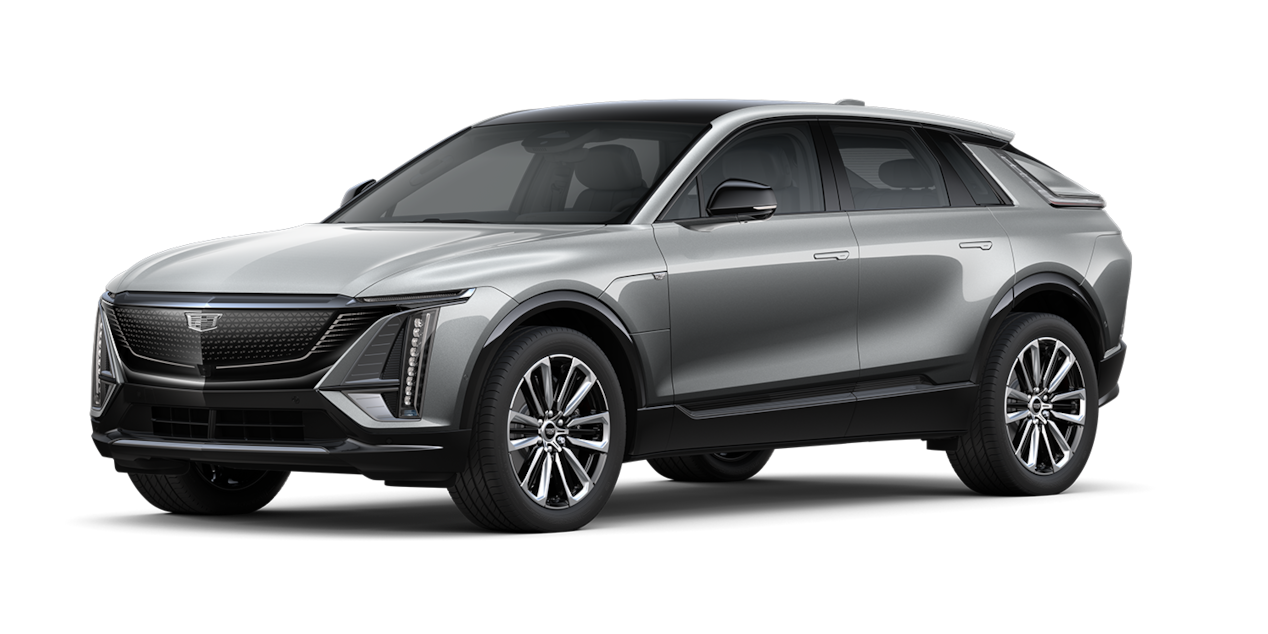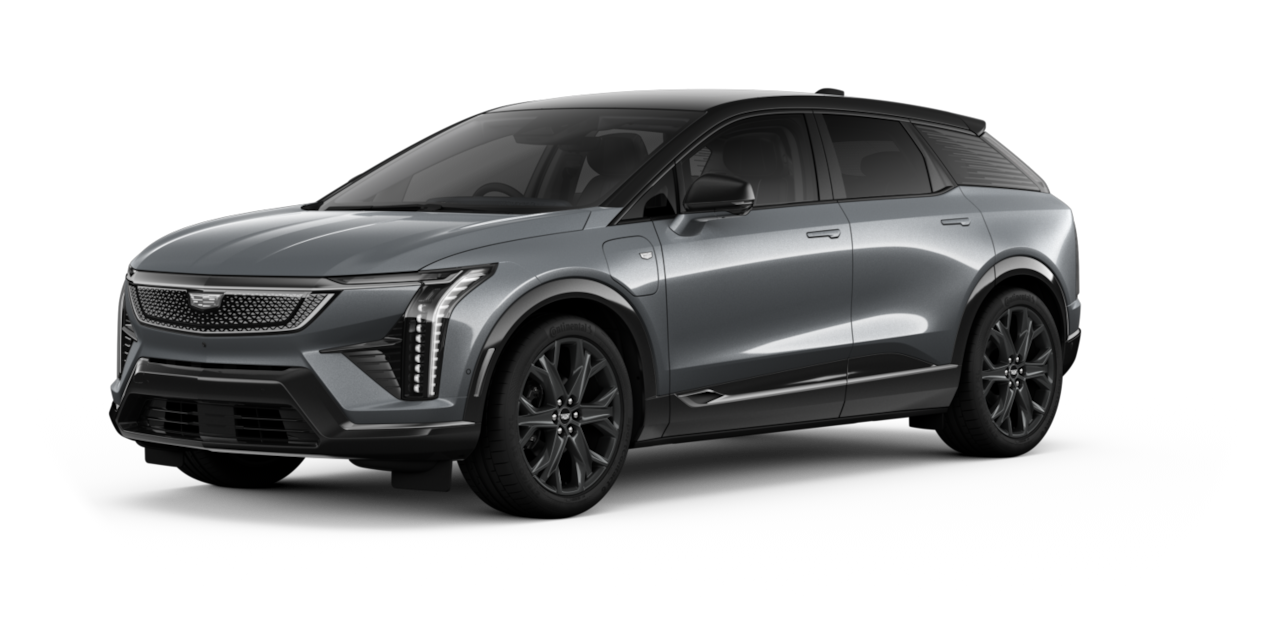HIGH VOLTAGE BATTERY RECYCLING
ROLE OF END USER
Battery waste prevention can be supported through appropriate use and maintenance practices, including adherence to charging recommendations and timely servicing. These measures help extend battery life and delay end-of-life treatment.
GM EVs and high voltage Li-ion battery components are designed with hazard mitigation and safety features. It is important to respond to any messages displayed or reported by the EV battery management system to help maintain the health of the battery.
When charging GM EVs, users should set the charging limit to 80% of the capacity of the high voltage Li-ion battery to extend battery life. Keeping an EV plugged in when not in use is also recommended to help preserve the longevity of the battery. GM recommends keeping EVs plugged in for the following reasons:
- Battery Health Maintenance: Regulates charging and temperature and allows the Battery Management System to keep the battery in optimal condition.
- Prevents Drain: EVs can lose charge over time due to background systems like security features or app connectivity and staying plugged in helps counteract this drain.
- Thermal Management: In extreme temperatures, being plugged in allows the car to use energy to keep the battery at a safe temperature.
Understanding how to properly charge an EV is important for safe use of the equipment, including inspection of the charge cord, plug, and adapters for signs of damage before use.
GM supports the proper recycling and disposal of waste batteries but does not currently suggest the re-use, repurposing and/or remanufacturing of EV batteries after the first usage within a GM vehicle.
ADR 2025 - Agreement concerning the International Carriage of Dangerous Goods by Road | UNECE
Note: Lithium-ion batteries transported for the intent of disposal or recycling are strictly prohibited for all air transportation.
Waste batteries, particularly those containing lithium, must be handled with care due to potential risks associated with electrical, chemical, and / or thermal hazards.
Batteries should not be crushed, dropped or punctured to avoid damage. Damage or abuse to high voltage lithium-ion batteries may lead to a Thermal Runaway under certain circumstances.
Refer to the links below for additional safety procedures and instructions, including processes and proper risk mitigation measures.
First Responders
Owner Manuals, Service Manuals, Wiring Diagrams, Service Bulletins - Helm Incorporated
Helm incorporated is a website where General Motors and other automobile manufacturers’ original owner and service manuals can be obtained.
Battery extraction manuals and other information including, images of required tools and PPE, are available at
Battery extraction manuals
Parties performing end-of-life activities associated with waste high voltage Li-ion batteries should consider potential hazards posed by such operations when establishing work procedures and guidelines. Special care should be used when engaging in handling, transportation, storage, and end-of-life recycling of energized battery components, and over-the-road transportation of dangerous goods. All local, country, and EU occupational and environmental safety and handling regulations should be followed.
BATTERY RECYCLING
The information provided on this webpage applies only to high voltage (> 60 volts DC) Li-ion batteries and high voltage Li-ion battery chemistries used in GM EVs.





